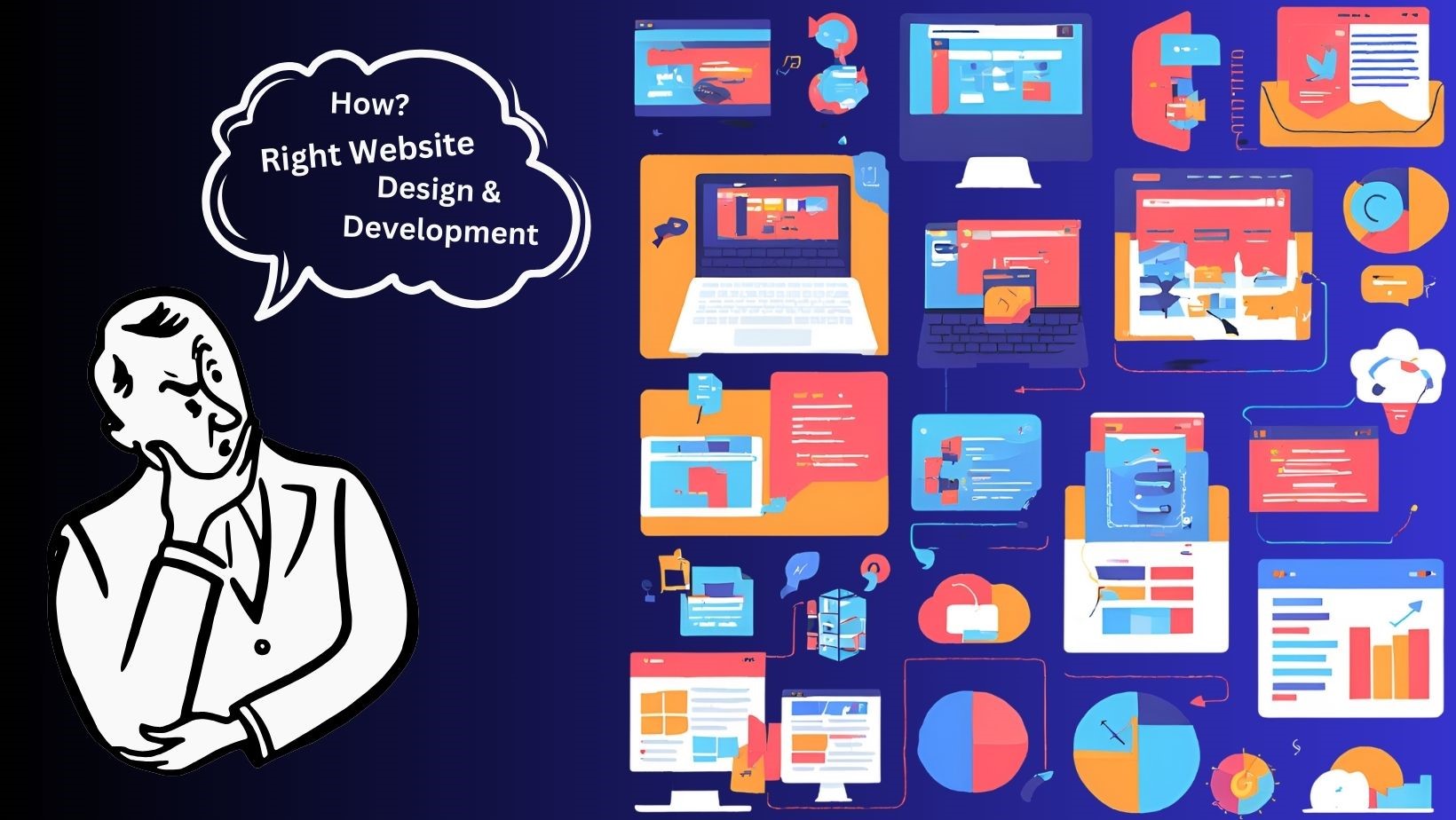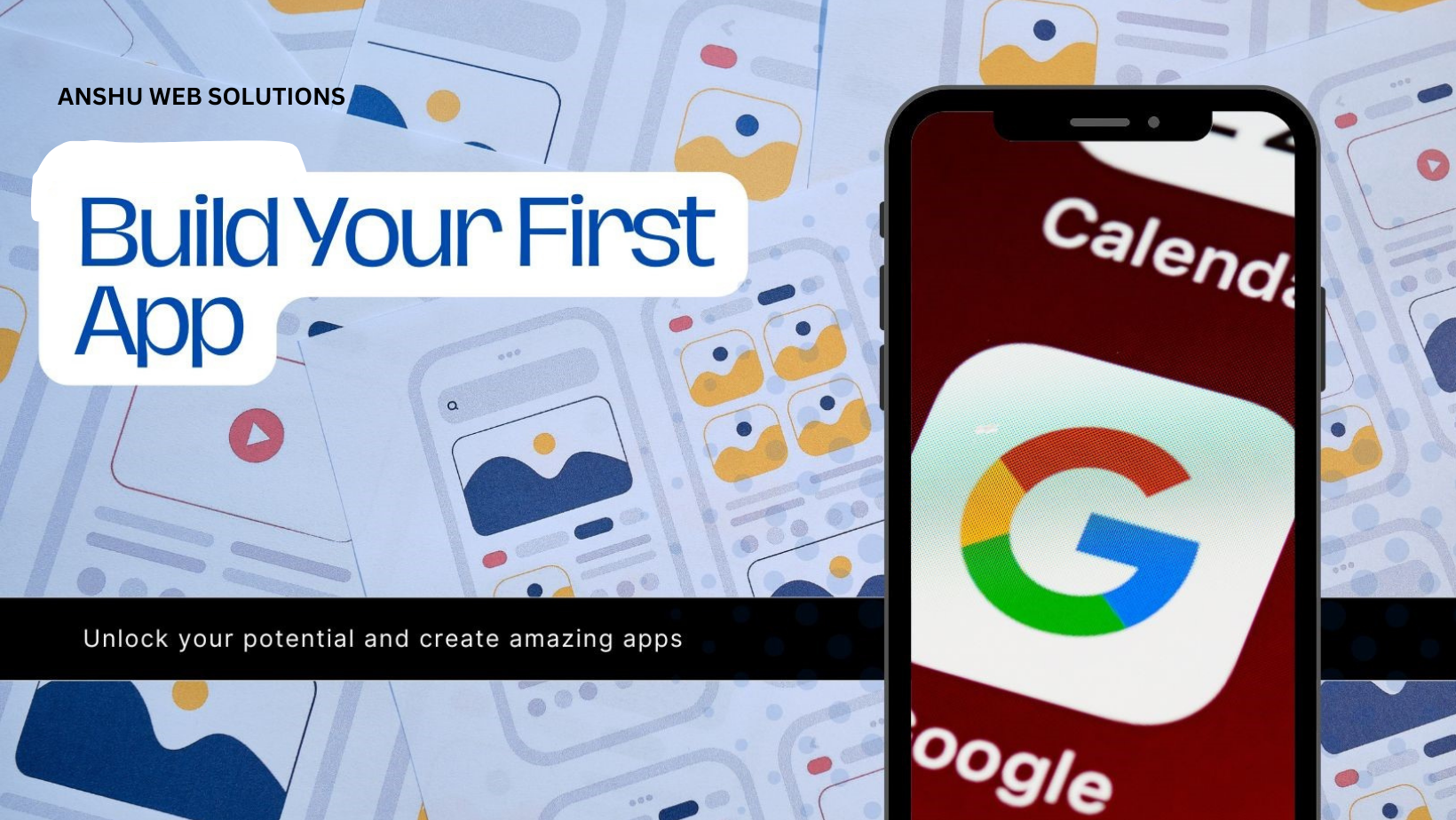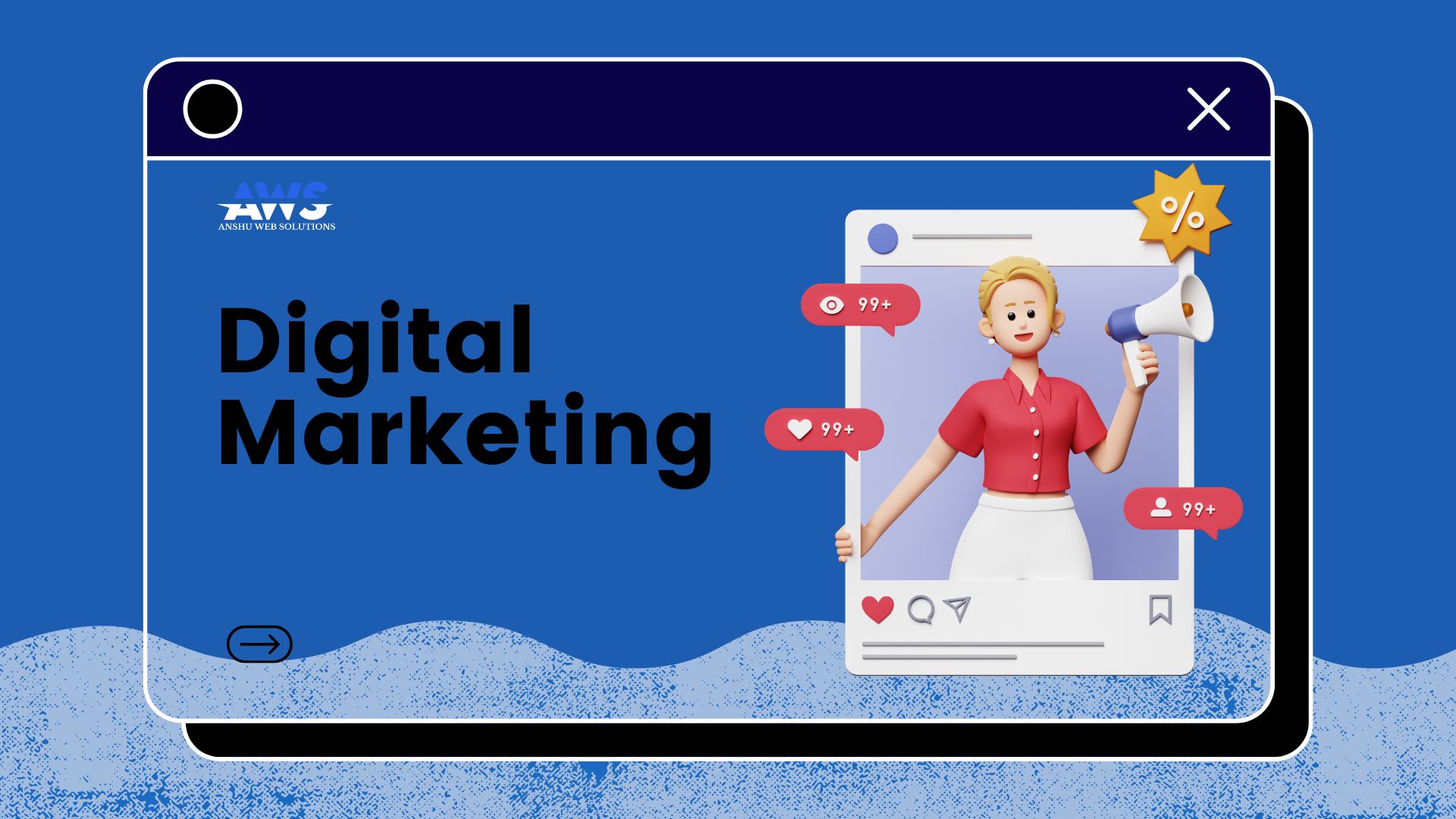
Mobile apps are transforming the way businesses interact with customers, automate tasks, and create unique experiences. However, building a successful mobile app requires much more than just a great idea. Every step in the process of developing a mobile app, from conception to launch, needs to be done properly. This step-by-step guide will assist you in creating a mobile app that does not only function right but also holds long-term value for its users and your business.
1. What is the Purpose of Your App
before diving into the development process, you need a clear understanding of what your app will achieve. Start by asking :
What problem will the app solve?
Who is your target audience?
What unique features will your app offer?
The answers to these questions form the foundation of your app. Whether you're building an e-commerce app, a fitness tracker, or a social media platform, knowing your purpose will guide all design and development decisions.
2. Market Research
Once you have a purpose, it's time to research the market. This step helps you:
Identify your competition
Understand what features users expect
Analyze gaps in the market that your app can fill
Explore similar apps, read customer reviews, and understand why certain apps succeed or fail. This knowledge will help you refine your app idea and feature list, ensuring that it meets user expectations and stands out in the marketplace.
3. Choose the Right Platform
you have two primary options when it comes to platforms: iOS and Android . Each has its benefits and challenges :
iOS: Offers high-quality standards and access to affluent users, but limits your audience to Apple devices.
Android : It offers a wider reach and more flexibility, but some suffer from problems of fragmentation in the vast diversities of devices.
alternatively, you can choose cross-platform development to build an app that runs on both iOS and Android, reducing development cost and time. Popular frameworks like React Native, Flutter, and Xamarin can help you achieve this.
4. Design the User Experience (UX) and User Interface (UI)
The design phase is critical because it shapes how users will interact with your app. A well-designed UX ensures ease of navigation, while the UI focuses on the visual appeal. Here are key considerations for designing your app :
Simplicity : Avoid clutter and make sure the app is intuitive.
Navigation : Ensure users can move through the app with ease.
Consistency : Maintain consistent design elements (color schemes, typography, icons) across all pages.
Create wireframes or prototypes to visualize the app structure. Tools like Adobe XD, Figma, or Sketch allow you to design and share mock-ups, offering a preview of the final app.
5. Develop the App
the development phase is where your ideas turn into reality. Whether you choose native or cross-platform development, follow these steps :
Back-end Development : Focuses on the server, databases, and APIs that will power the app.
Front-end Development : Involves building the user interface that users will interact with.
Testing : Constantly test the app at every stage of development to identify bugs and ensure functionality across devices.
Consider integrating key features that will set your app apart :
Push Notifications : Keep users engaged with timely updates.
Offline Access : Allow users to access certain features without internet connectivity.
In-App Purchases : Provide opportunities for monetization.
Security Features : Implement strong security measures like data encryption and authentication to protect user data.
6. Testing and Quality Assurance
Quality assurance is critical to ensure the app performs seamlessly. Conduct thorough testing to identify and fix bugs, ensuring the app works across different devices and screen sizes. Focus on:
Usability Testing : Make sure the app is user-friendly.
Functional Testing : Ensure all features work as intended.
Performance Testing : Check for load times, battery consumption, and memory usage.
Security Testing : Protect user data from unauthorized access or breaches.
Use beta testing to gather feedback from real users and make improvements before the official release. Platforms like TestFlight (for iOS) and Google Play’s Beta Testing Program (for Android) make this process easier.
7. Release the App
once the app is thoroughly tested, it's time for launch. However, a successful launch is more than just uploading the app to the App Store or Google Play Store. Here are essential steps to consider :
App Store Optimization (ASO): Optimize your app title, description, keywords, and screenshots to rank higher in app store search results.
Marketing : Utilize social media, content marketing, and influencers to promote the app.
Press Release : Tension the right cord by sending out a press release to select tech blogs, industry websites, and influencers.
Plan your launch to coincide with marketing efforts that can drive traffic to your app.
8. Post Launch Support and Maintenance
App launch can be just the start. Long-term success will only be achieved by continued support and maintenance. You'll need,
Fix bugs as they pop up
Release regular updates to improve functionality and security
User feedback to implement new functionalities or enhance existing functionalities
Analytics of the app. You track how users behave, and retention rate. You have Google Analytics or Firebase to analyze usage and know where you drop.
9. Monetization Strategy
finally, how are you generating revenue? The most common monetization models are:
Freemium : Offer the app for free with in-app purchases or premium features.
In-App Advertising : Display ads to generate revenue, though this may disrupt user experience.
Subscription : Charge users a recurring fee for access to exclusive content or features.
One-Time Purchase : Charge users a one-time fee to download the app.
Choose the strategy that aligns with your business goals and user expectations.
A successful mobile app would require careful planning and attention to detail at the time of execution with continued support. You're off to a great start with an app you can clearly define by coming up with thorough market research, choosing the right platform, and keeping your design user-centric. Then throw in continuous testing, effective marketing, and solid post-launch support, and your app will have every chance to stand out against competition in the marketplace.














.png)










